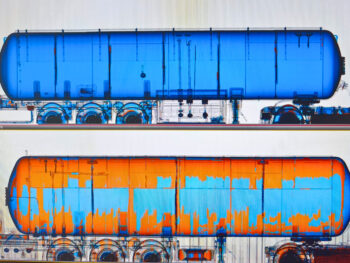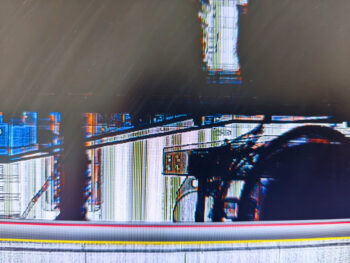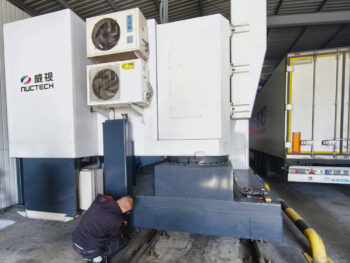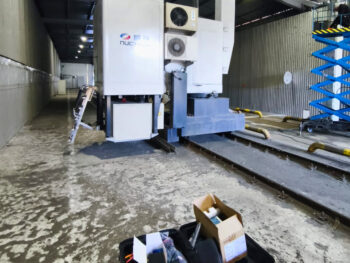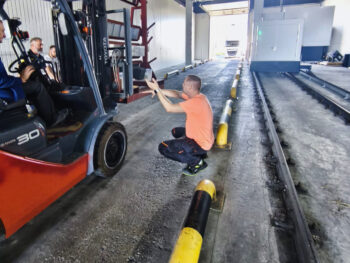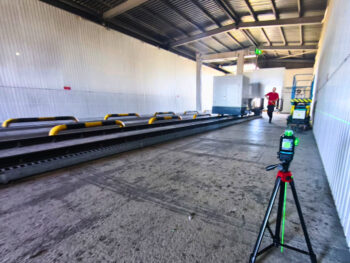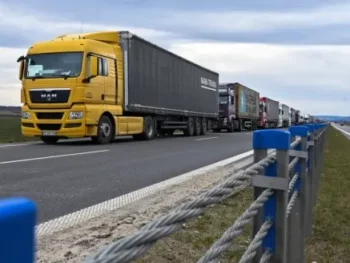As part of its continuing efforts to support the modernisation of Ukraine’s border management systems, the EU-funded EU4IBM-Resilience Project carried out technical and infrastructure assessments of Nuctech stationary X-ray scanners at two critical border crossing points: Porubne and Yahodyn. These pilot assessments, conducted in late September, aim to evaluate the current condition and performance of existing scanner systems and determine the best path forward for future upgrades and sustainable use.
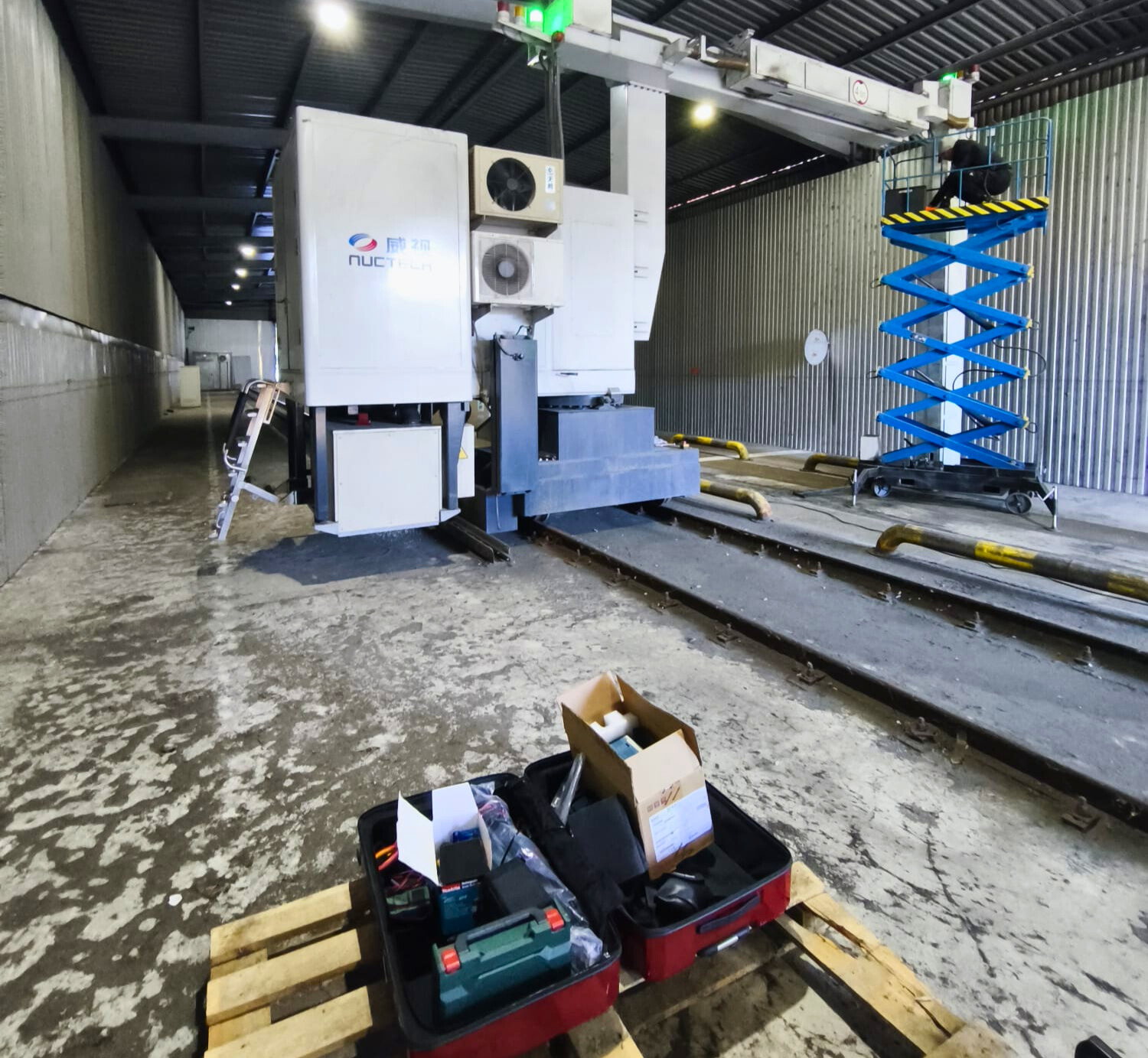
The assessment team, composed of two international experts with specialised experience in scanner systems and technical evaluation, visited BCP Porubne from 22 to 24 September, followed by BCP Yahodyn from 26 to 27 September. Over the course of five intensive working days, the experts performed a series of detailed inspections and system tests. These included examining the structural integrity of scanner facilities, reviewing power supply and server infrastructure, inspecting X-ray source components and detector arrays, and conducting functional scanner tests to evaluate image quality and mechanical performance. To enable these procedures, the scanners were temporarily shut down for several hours each day under strict radiation safety protocols.
What makes this effort particularly impactful is that the assessments went beyond diagnostics. In both locations, the experts were able to implement real-time improvements, from adjusting the scanners’ configuration for clearer and sharper image output to fixing software errors and providing basic guidance to officers on how to fix similar technical issues. This immediate enhancement supports more accurate image analysis by customs officers and improves their ability to detect illicit or undeclared items during non-intrusive inspections.
According to Janno Rätsep, project expert on X-ray scanners, these adjustments can make a tangible difference at the operational level: “At both sites, our team didn’t just assess – we enhanced performance. By implementing immediate technical improvements, we delivered cleaner, sharper X-ray images. The result: faster decisions, stronger detection, and smoother border flows. At high-traffic border points, that difference is critical.”
The information gathered during these visits is now being compiled into detailed technical reports. These will inform the planning of a wider scanner modernisation strategy, helping to determine which components can be repaired or reused and what infrastructure or systems require replacement. The findings will also guide how future scanning technologies can be integrated into the current layout of control rooms, scanner halls, and server facilities. The overarching goal is to support long-term upgrades that are both cost-efficient and environmentally responsible, in line with EU border management standards and sustainability principles.
For the EU4IBM-Resiliense Project, this activity marks an important step toward building smarter and more resilient customs control systems. As Project Manager Vyacheslav Toporov explained, “this pilot assessment represents a crucial first step toward modernising Ukraine’s border scanning infrastructure. By identifying what can be reused, upgraded, or replaced, we are laying the groundwork for smarter, more sustainable customs control – aligned with EU standards and tailored to Ukraine’s needs.”
The scanner assessments in Porubne and Yahodyn are part of a broader suite of EU4IBM-Resiliense initiatives aimed at improving non-intrusive inspection capacity across Ukraine’s borders. Alongside these assessments, the project has supported the delivery and training for high-performance mobile scanners, enhanced power supply infrastructure, and implemented image analysis training to boost the operational readiness of customs officers.
As Ukraine continues its reform of border procedures and moves closer to aligning with EU best practices, EU4IBM-Resiliense remains committed to providing the technical expertise and strategic support necessary to ensure that both people and technology are ready for the future.


